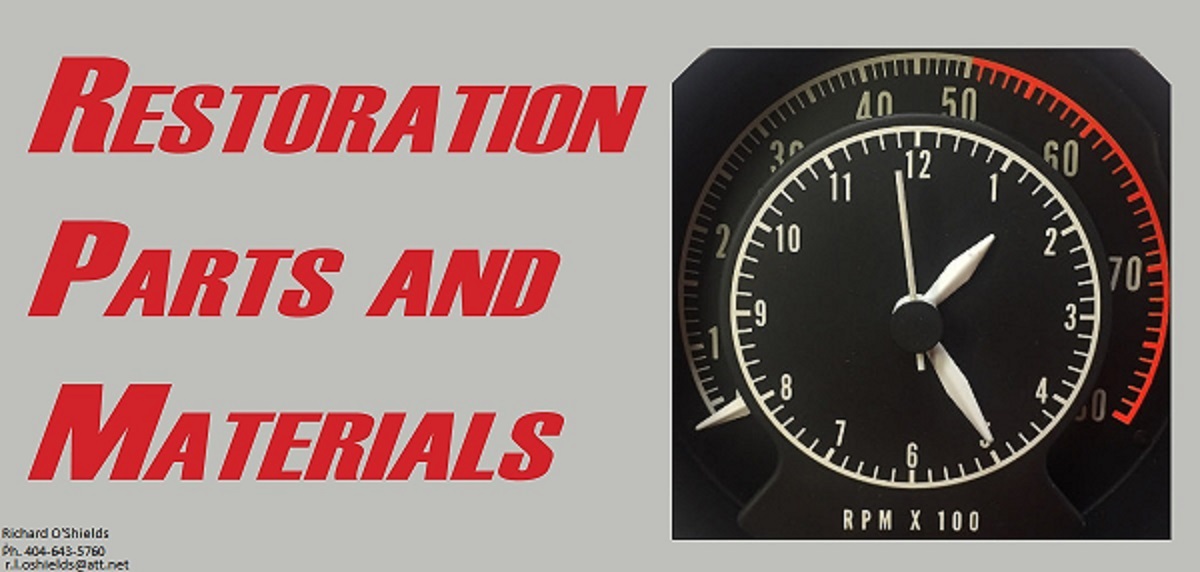sdcbowler
Well-Known Member
- Joined
- Jun 4, 2015
- Messages
- 190
- Reaction score
- 48
Hey Fellow Members,
Would like to ask a question a two part question concerning TDC. However, to keep things from getting too confusing, I will ask the first part now, and the second part after receiving an answer from the first part. It is just a procedure question, so don't want to get 'All in the weeds'.
Part One: (Stock RB Engine Rebuild) - Regardless of recommended ignition timing, and not being concerned about cam degree, or exhaust/compression stroke, would the subject engine be assembled by vertically lining up the two dimples on the cam and crankshaft sprockets, with the #1 piston at its highest point in the cylinder? No heads installed at this point.
Thanks
Would like to ask a question a two part question concerning TDC. However, to keep things from getting too confusing, I will ask the first part now, and the second part after receiving an answer from the first part. It is just a procedure question, so don't want to get 'All in the weeds'.
Part One: (Stock RB Engine Rebuild) - Regardless of recommended ignition timing, and not being concerned about cam degree, or exhaust/compression stroke, would the subject engine be assembled by vertically lining up the two dimples on the cam and crankshaft sprockets, with the #1 piston at its highest point in the cylinder? No heads installed at this point.
Thanks


















